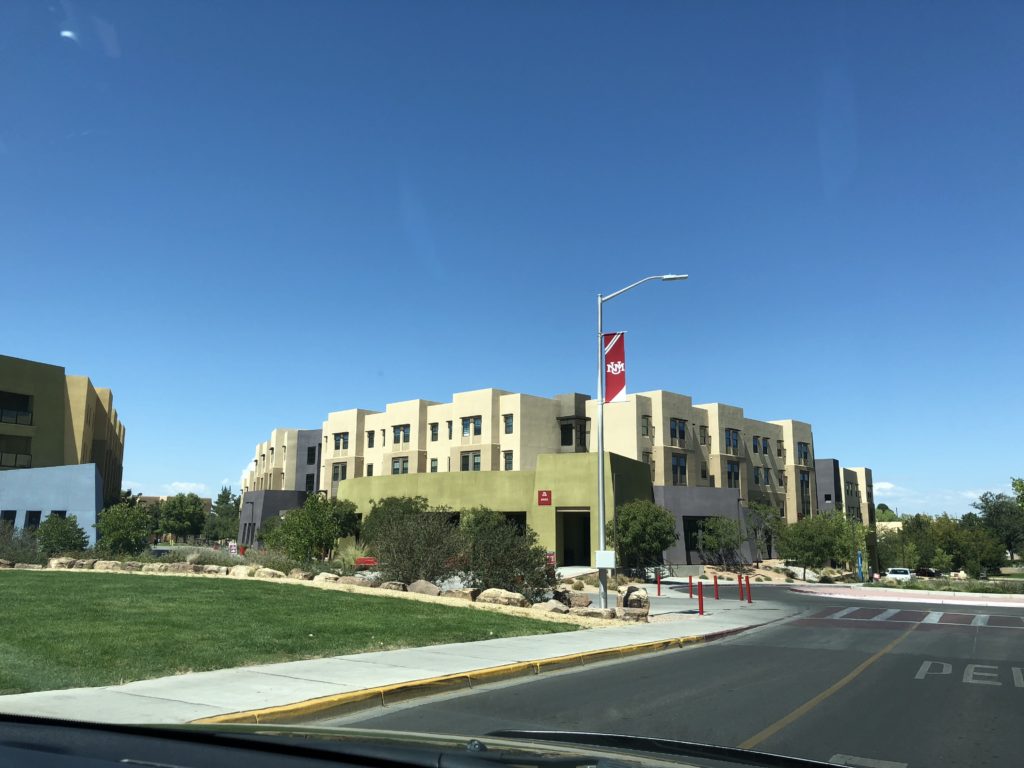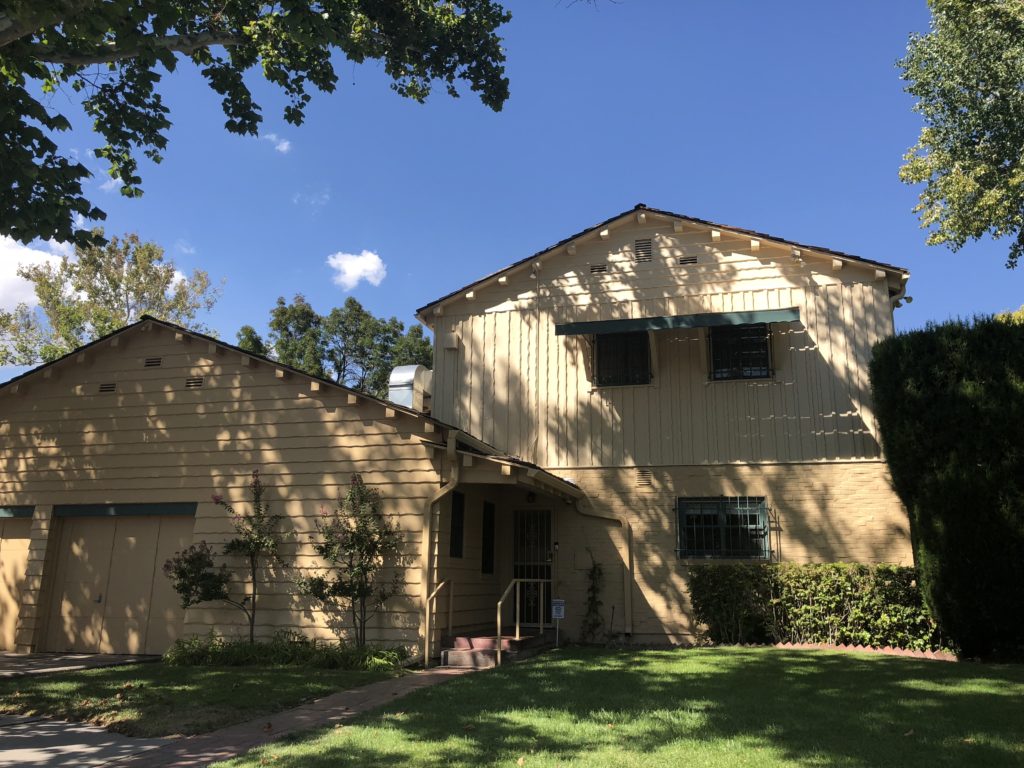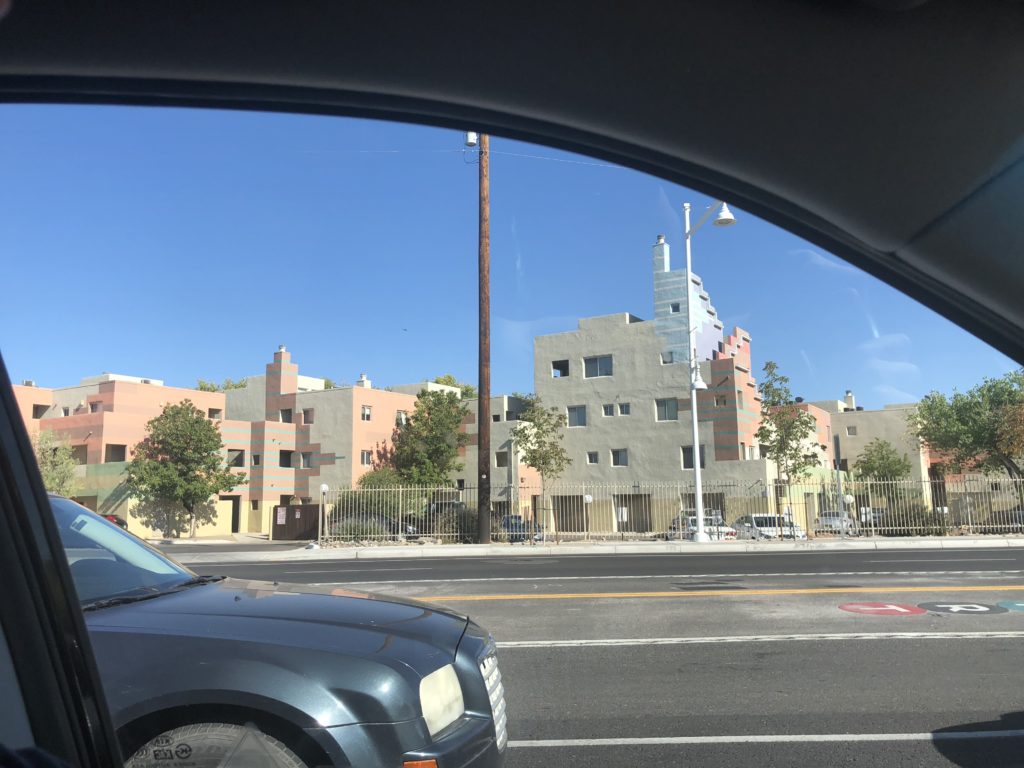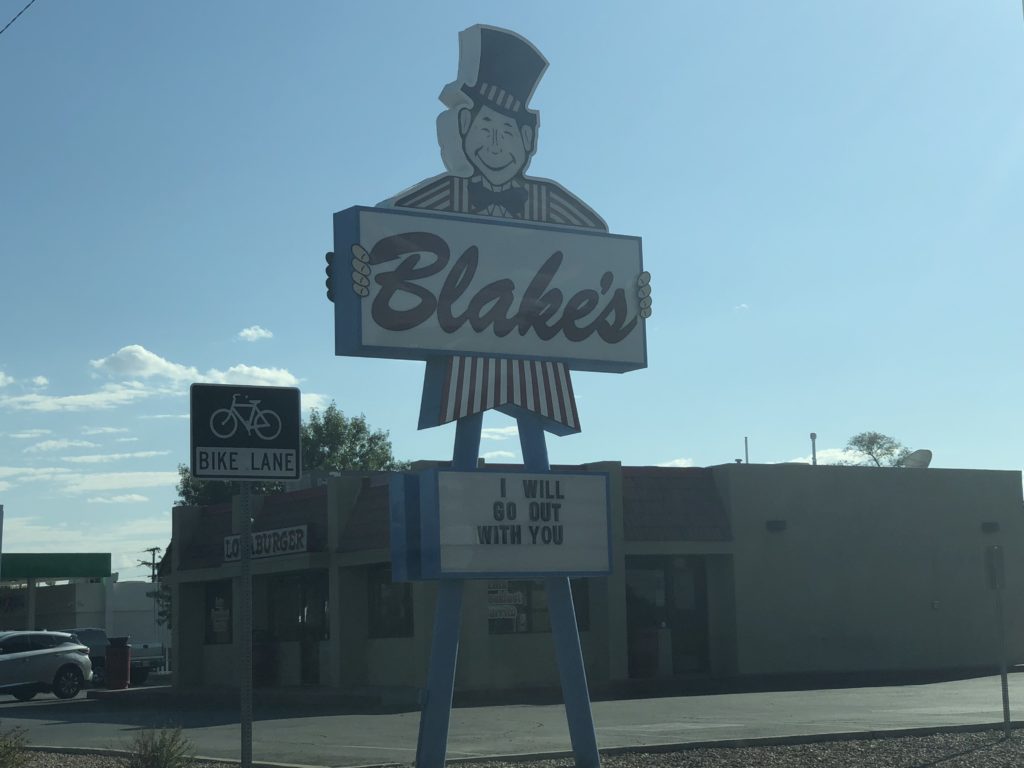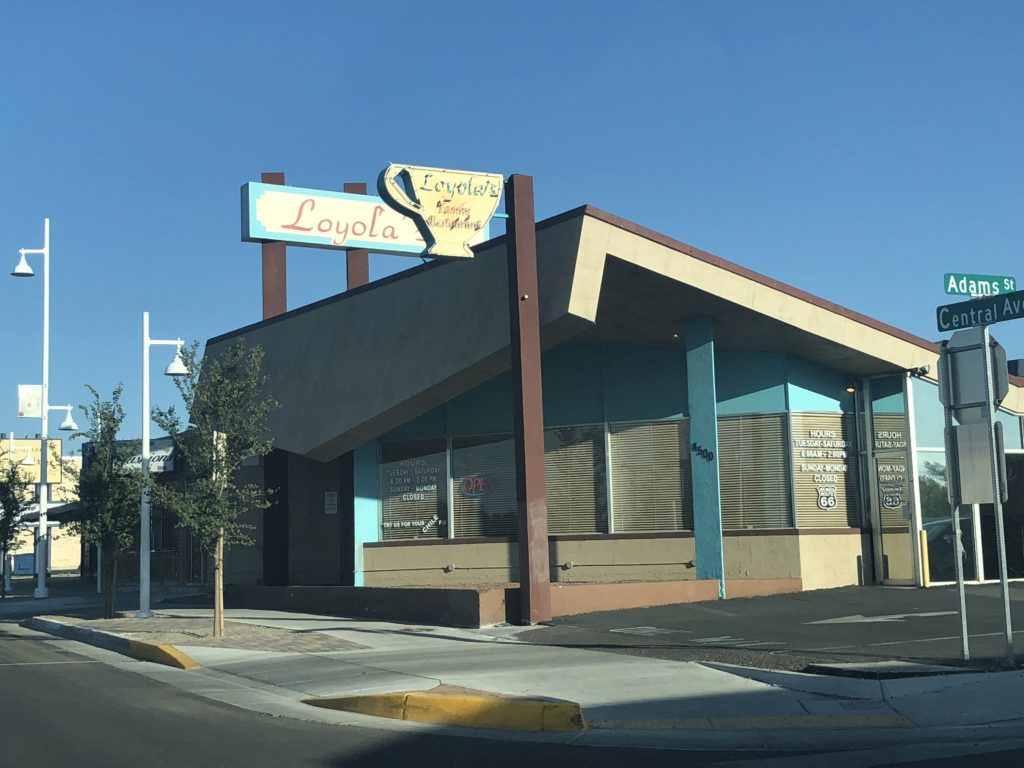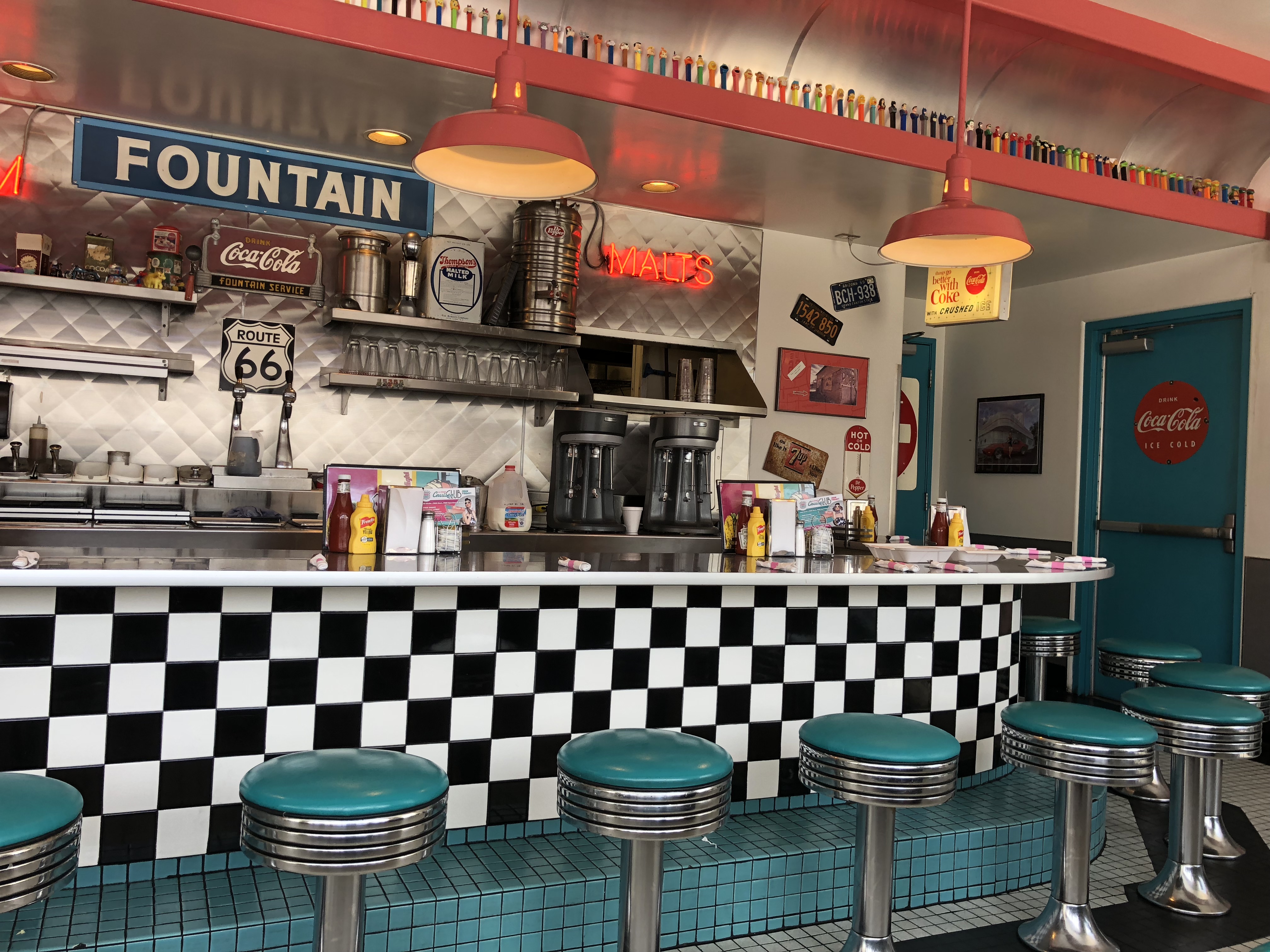Leaving the Navajo Nation behind us, we journeyed eastward into the state of New Mexico. Looking back on our whole trip, this southwestern region of the US (Arizona, New Mexico, southern California) was certainly at or near the top of the list in terms of beauty. The area echoes the wide-open spaces in states like Wyoming and Montana, that is amplified by the mix of desert colours and blue skies.
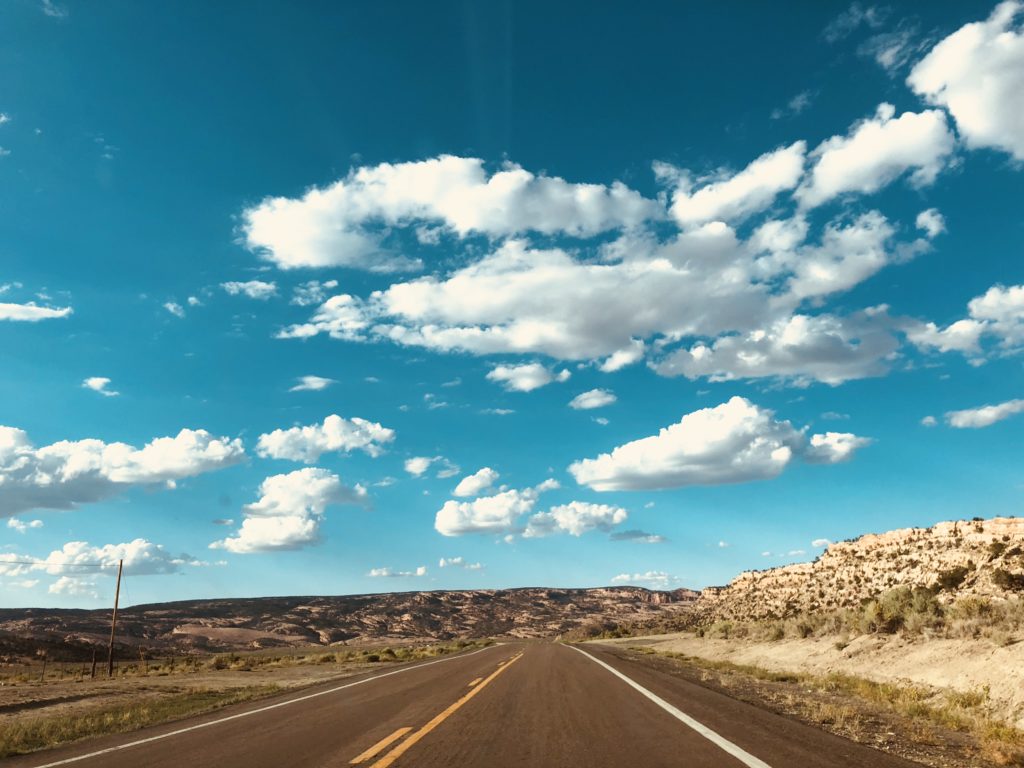
Off we continued into New Mexico and towards the state’s biggest city, Albuquerque (pronounced: “Al-buh-ker-key”).
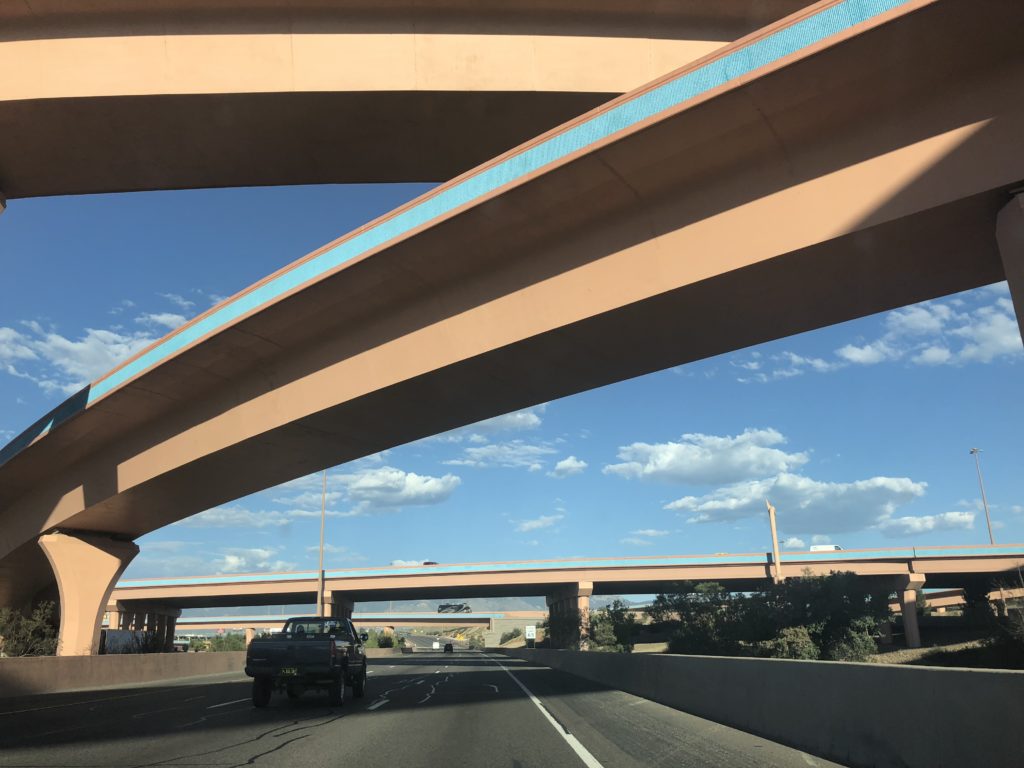
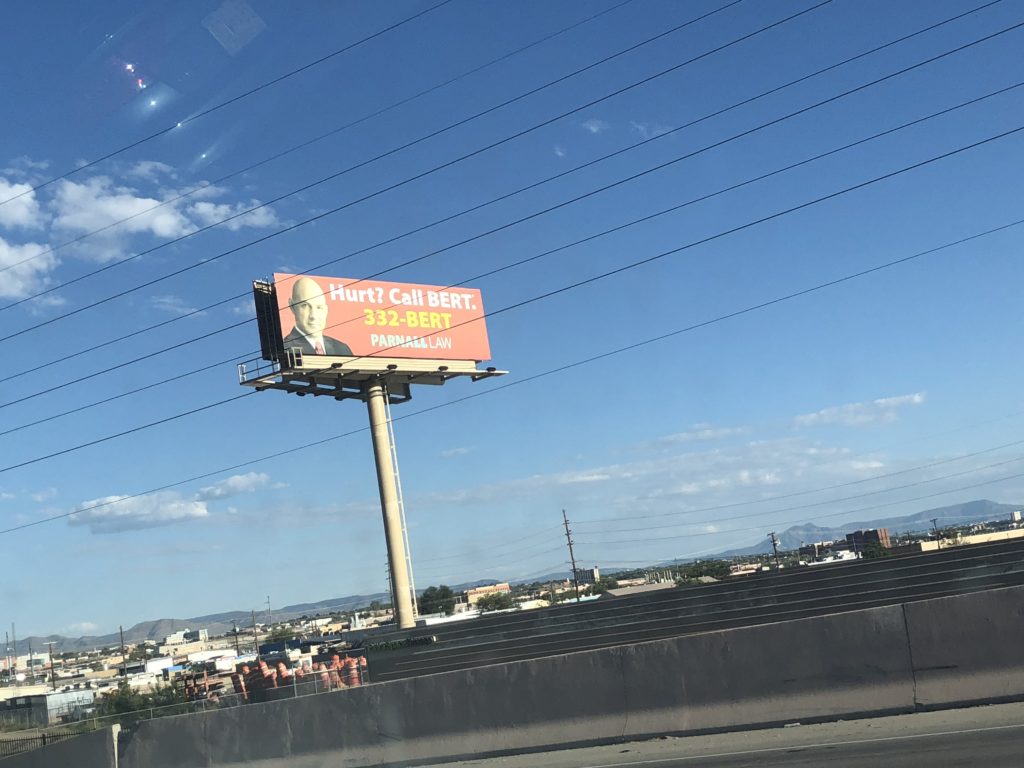
Starting with a bit of history: over the centuries, various Native American tribes set up camp in the area – Pueblo, Navajo, Apache, Comanche, etc. The town of Albuquerque was founded in 1706 by the Spanish as a military outpost and sheep-herding centre. The Viceroy to “New Spain” at the time was the duke of Spanish town of Alburquerque, and so the new town got its name (the first “r” was later dropped as people struggled to pronounce the name… I think dropping a few more letters may have been a good idea…). The entire broad region was actually named “Nuevo Mexico” as far back as the 1560s by the Spanish settlers (using an Aztec word). So the US state of New Mexico is not actually named after Mexico, the country, which only formed in the 1820s.
Anyway, Albuquerque was built using the original Spanish village pattern – a central plaza surrounded by government buildings, a church, and some fancy homes, and then various roads radiating out from that plaza. “Old Town” is still fairly well preserved and was a worthwhile place to explore. The highlight was probably the San Felipe de Neri church that dates back to 1793 and has remained in continuous use for over 200 years.
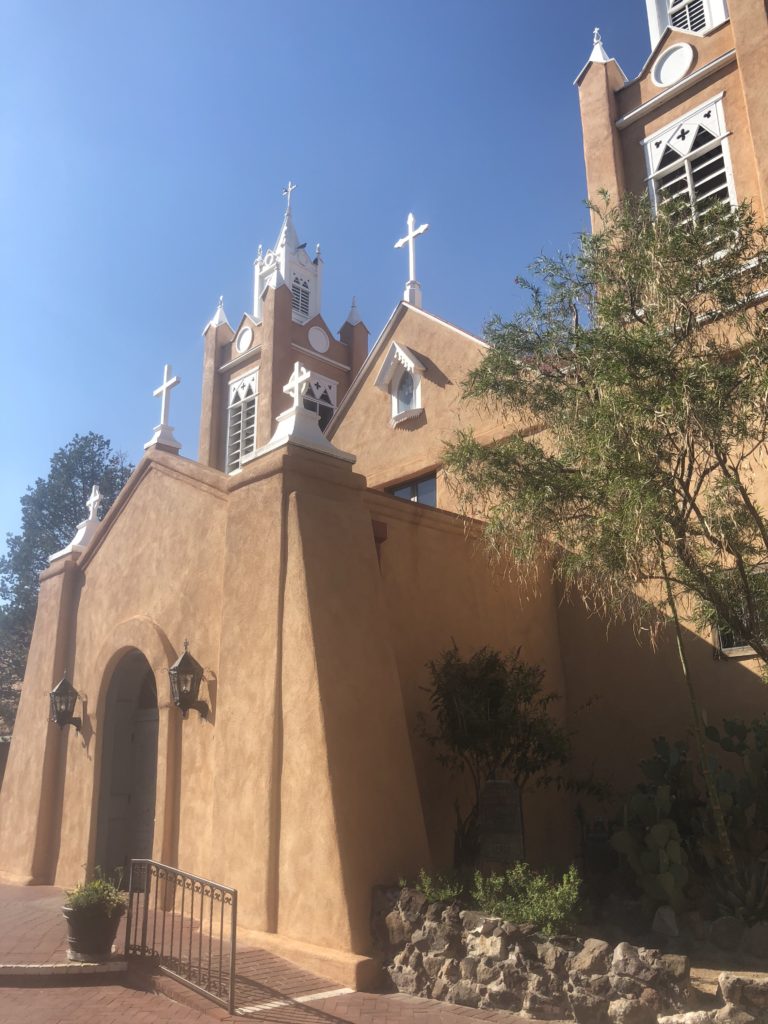
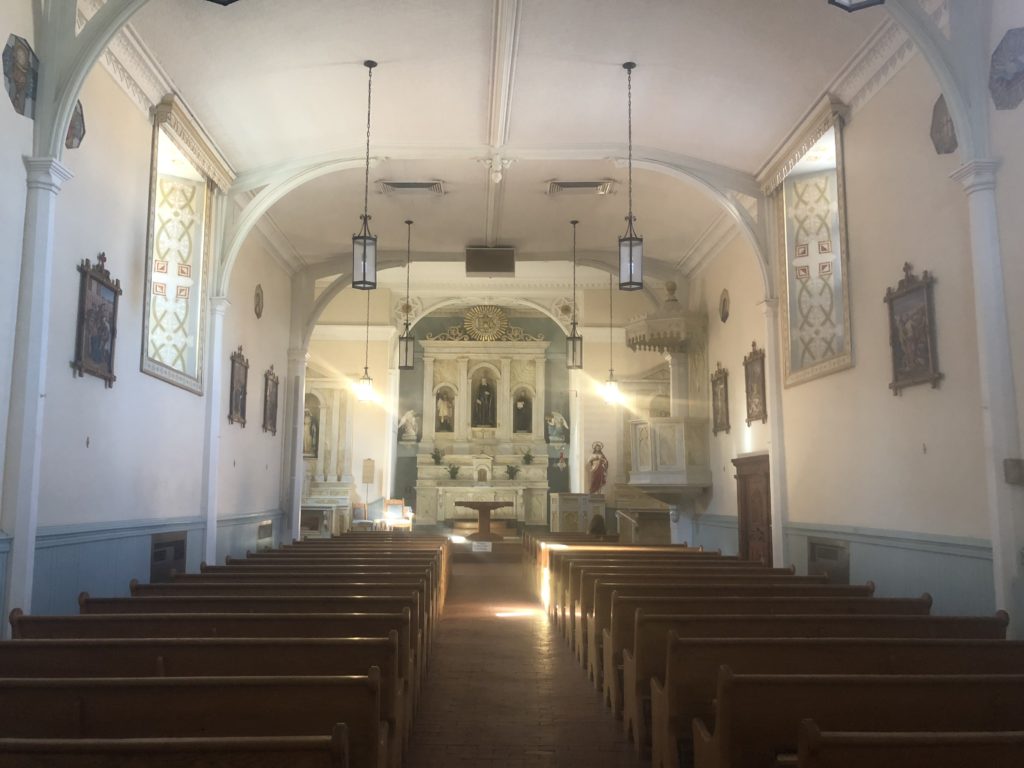
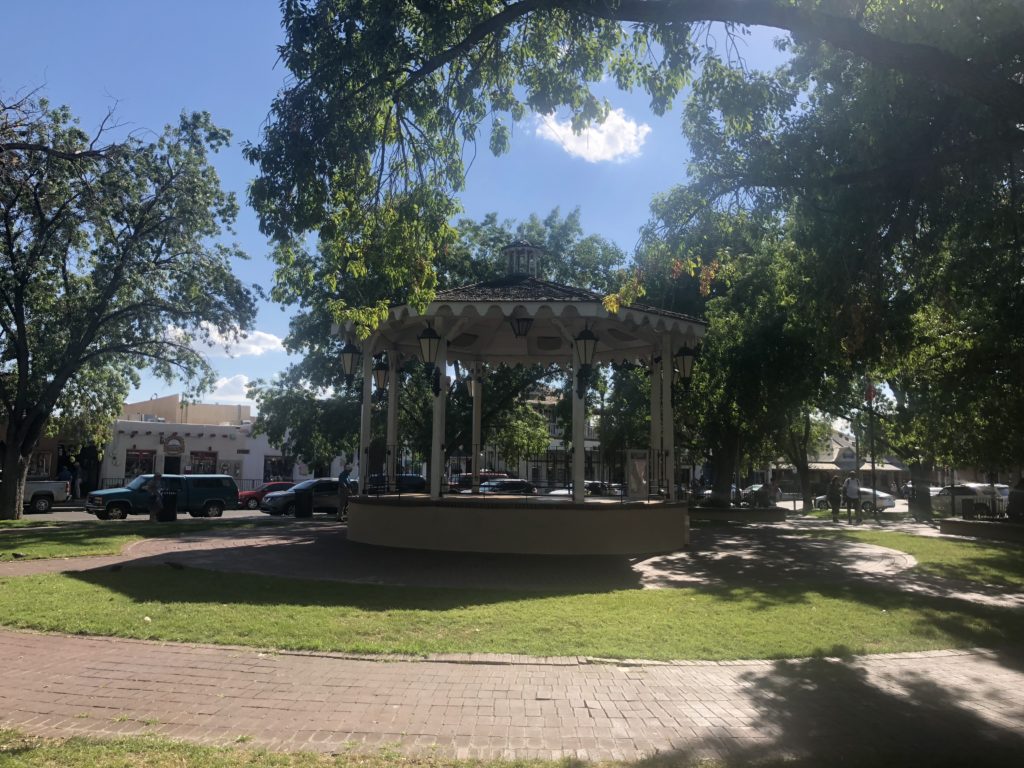
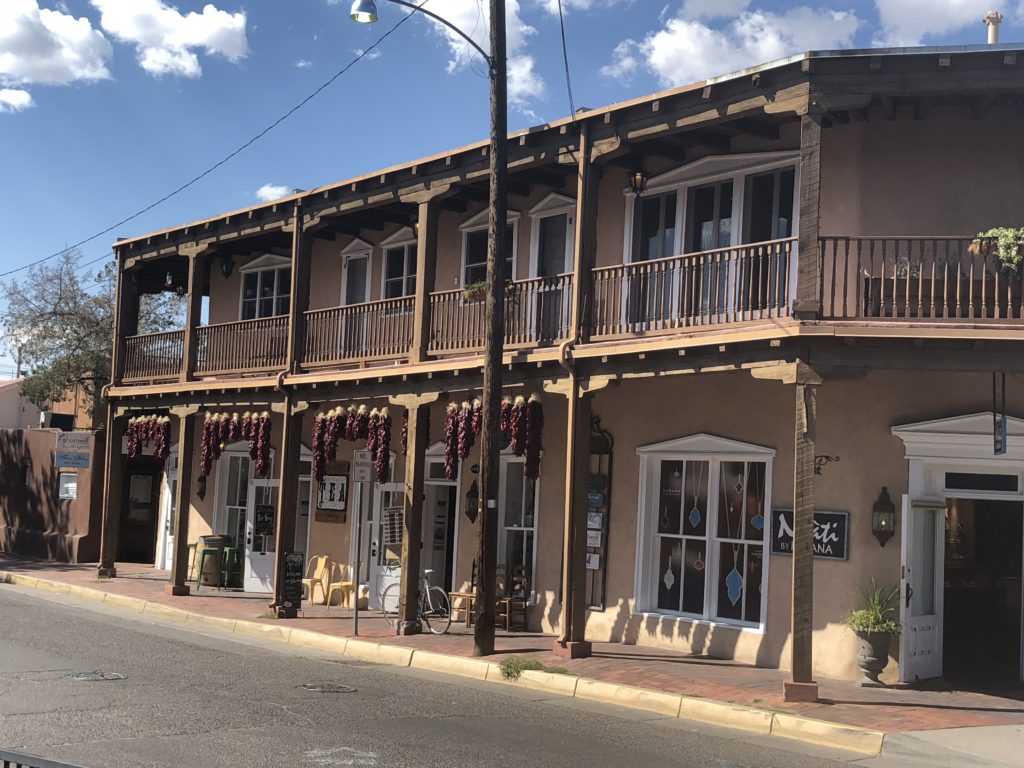
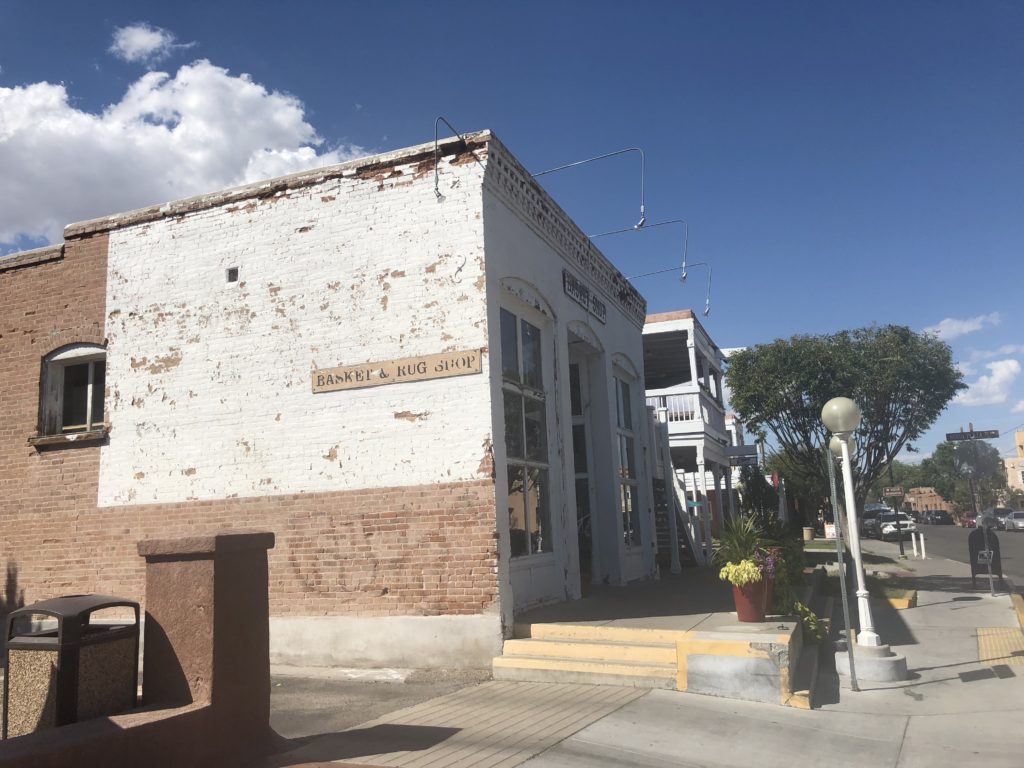
The distinct architectural element in the city is the use of a building material called “adobe” – a mix of earth and straw used since the 1400s. The style includes thick adobe walls and flat adobe roofs, along with rounded edges and projecting wooden beams. The combination seems to allow people to ‘store’ cool night-time air in the summers and warm day-time weather in winters, apparently at the expense of losing cell phone signal. Here is an example below, but we saw adobe houses all over the place.
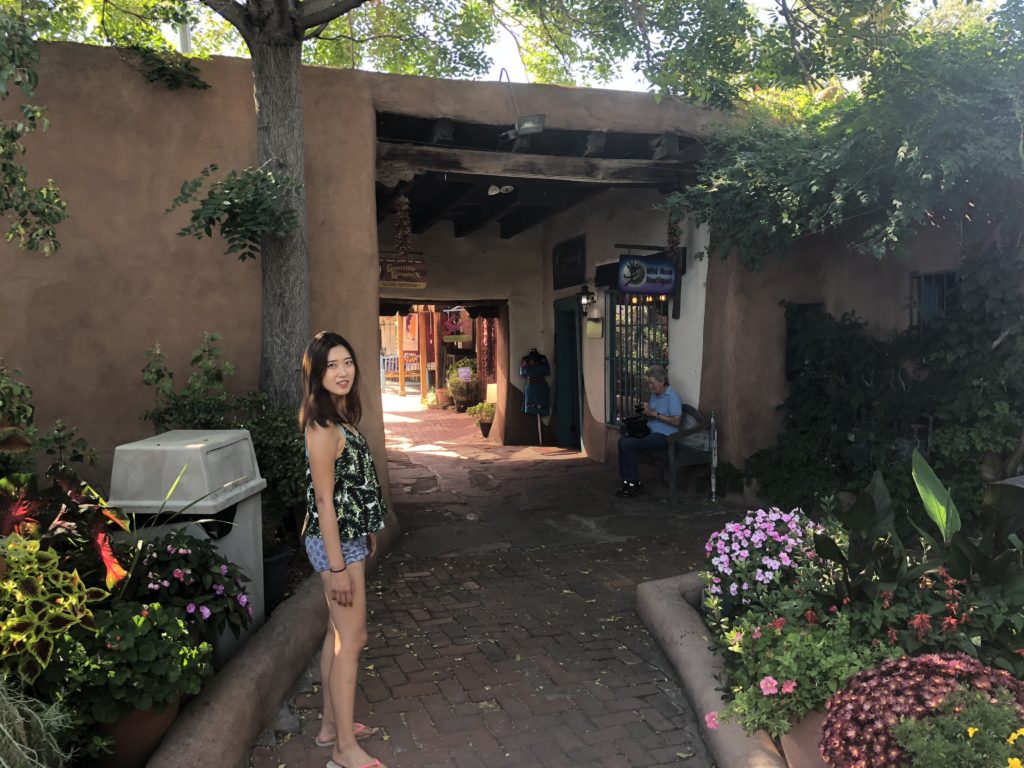
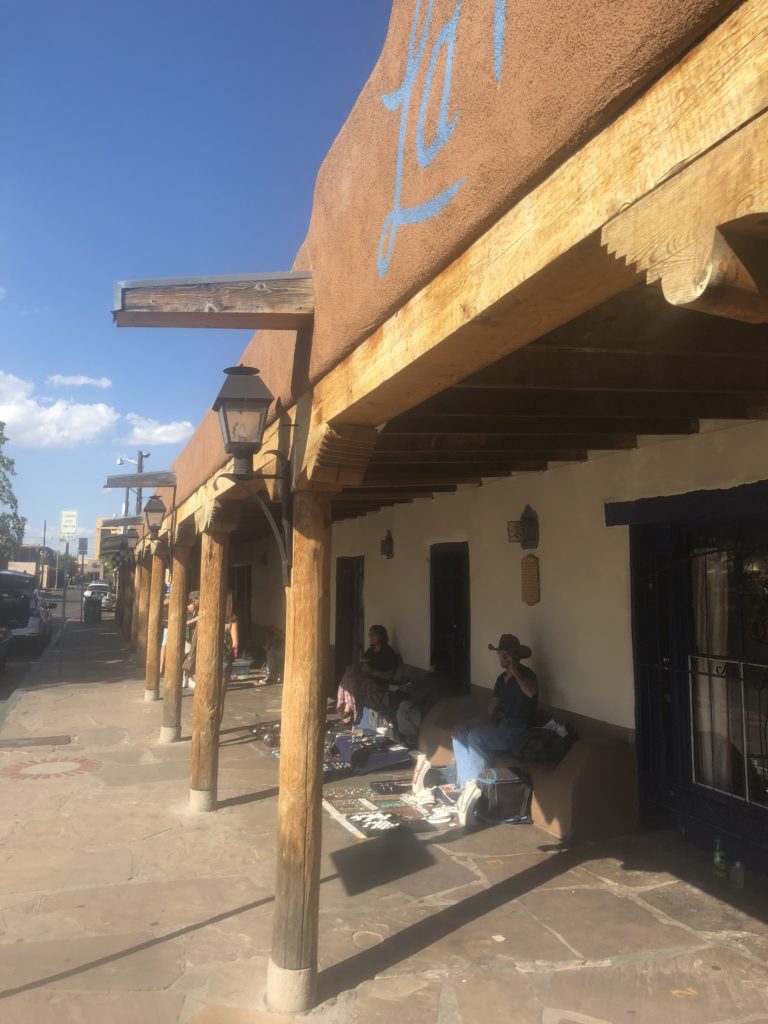
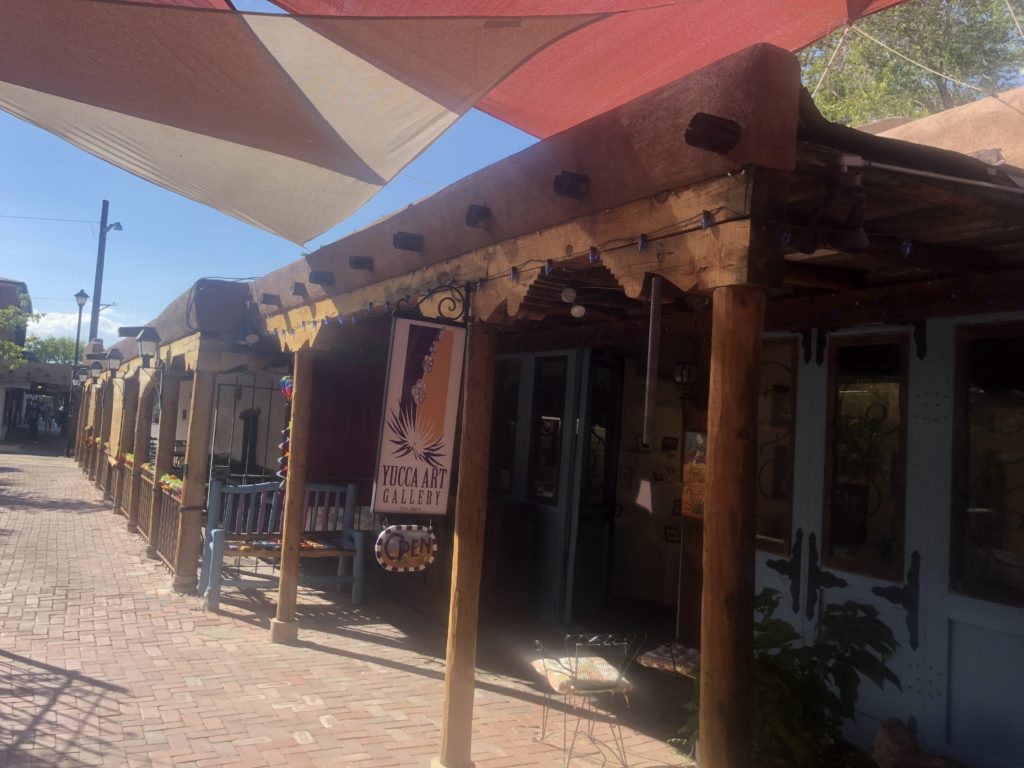
We also found a coffee shop with the oddest theme:
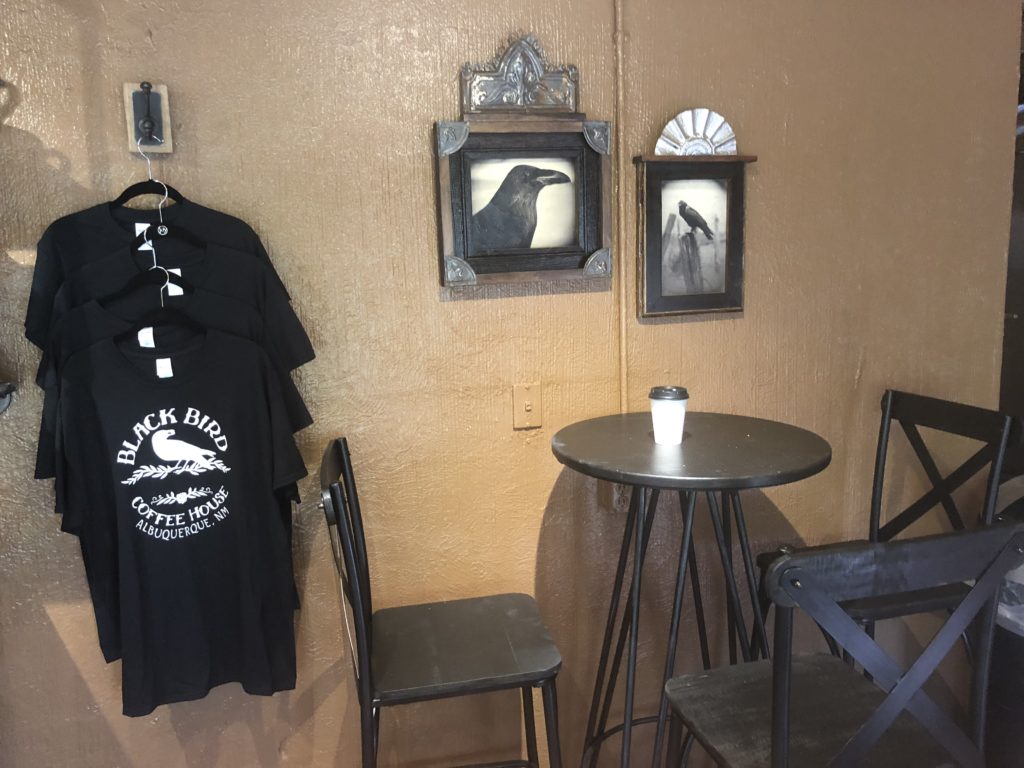
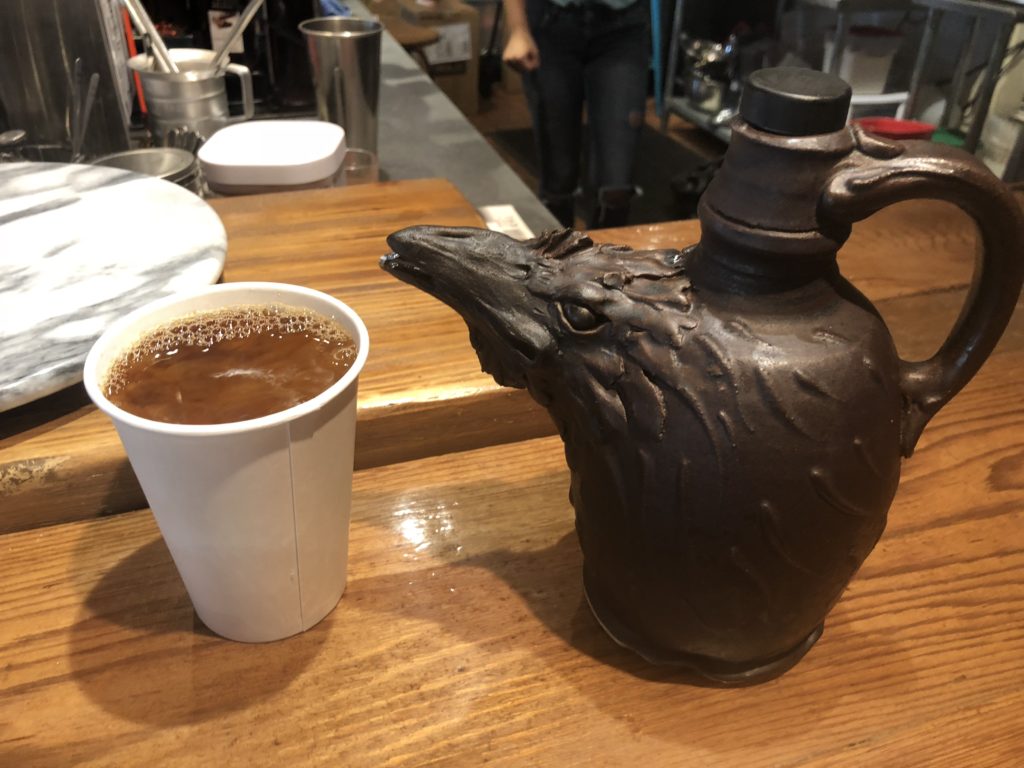
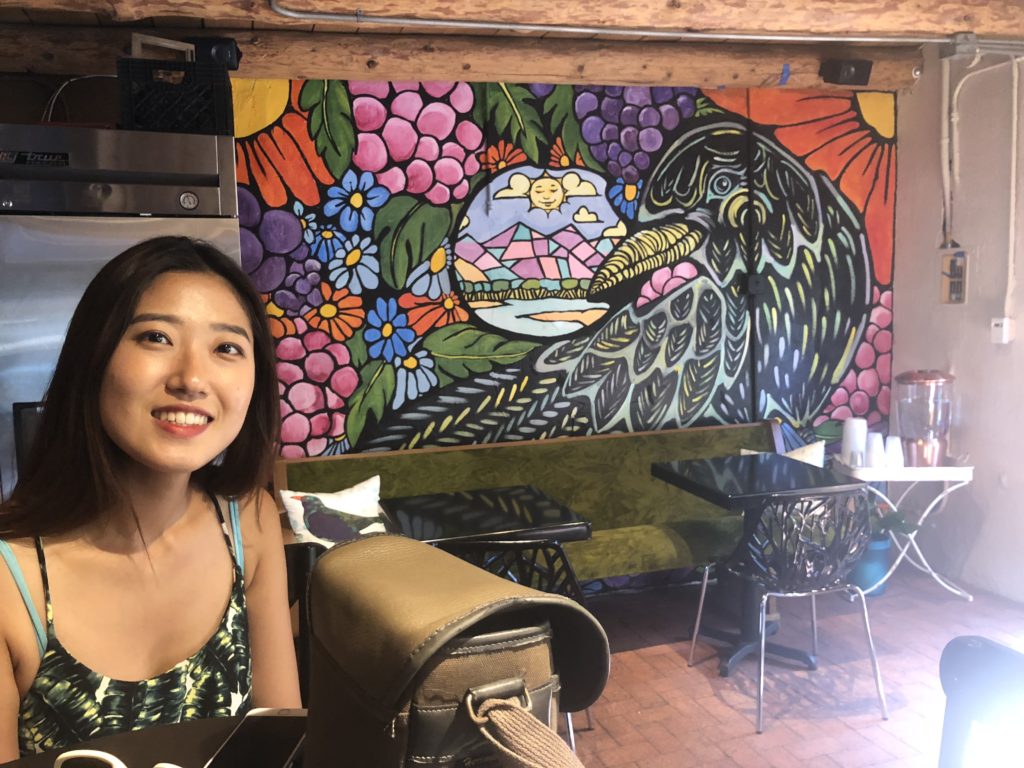
Albuquerque (aka “Duke City”, or “ABQ”) began seeing Route 66 travelers in the city in the 1920s. The famed route cut straight through town and dozens of motels and restaurants sprung up over the years to service these road trippers. As the modern day version of such travelers, we headed to the city’s best known route 66 diner called “66 diner”, and it was everything I’d dreamed it would be.
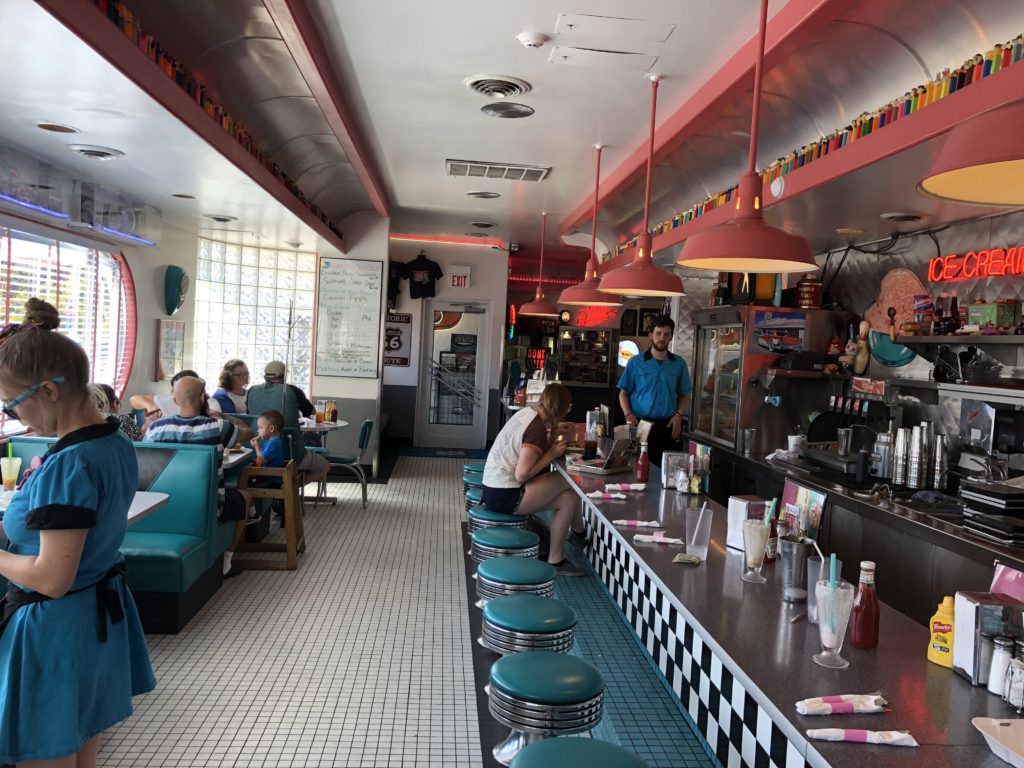
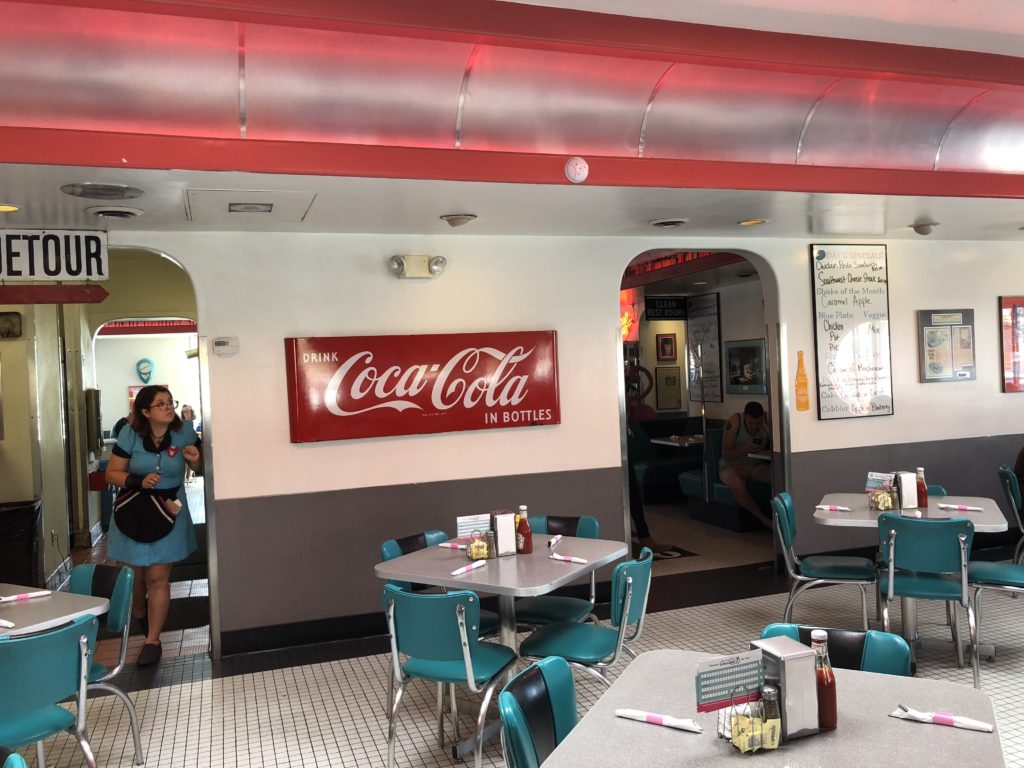

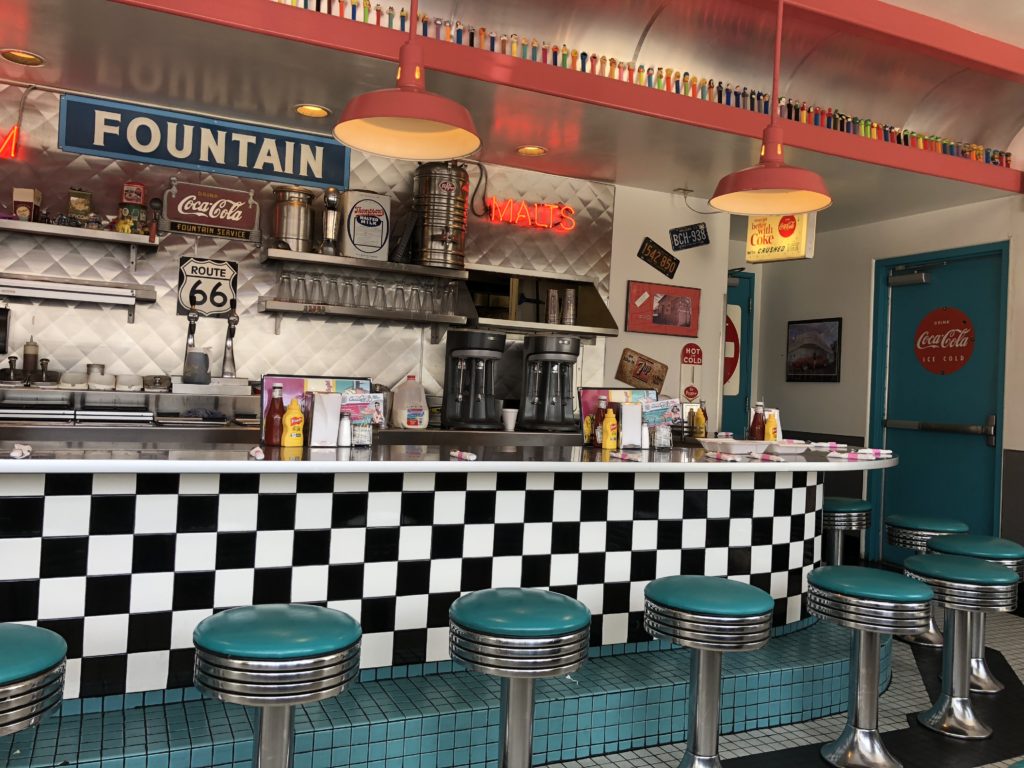
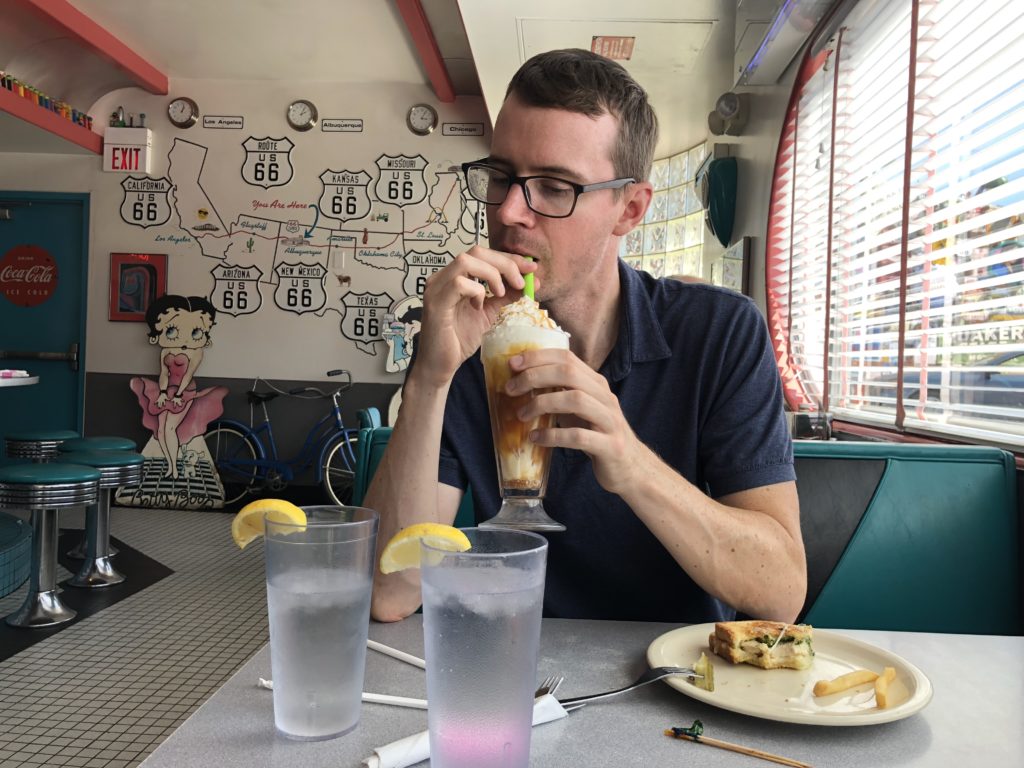
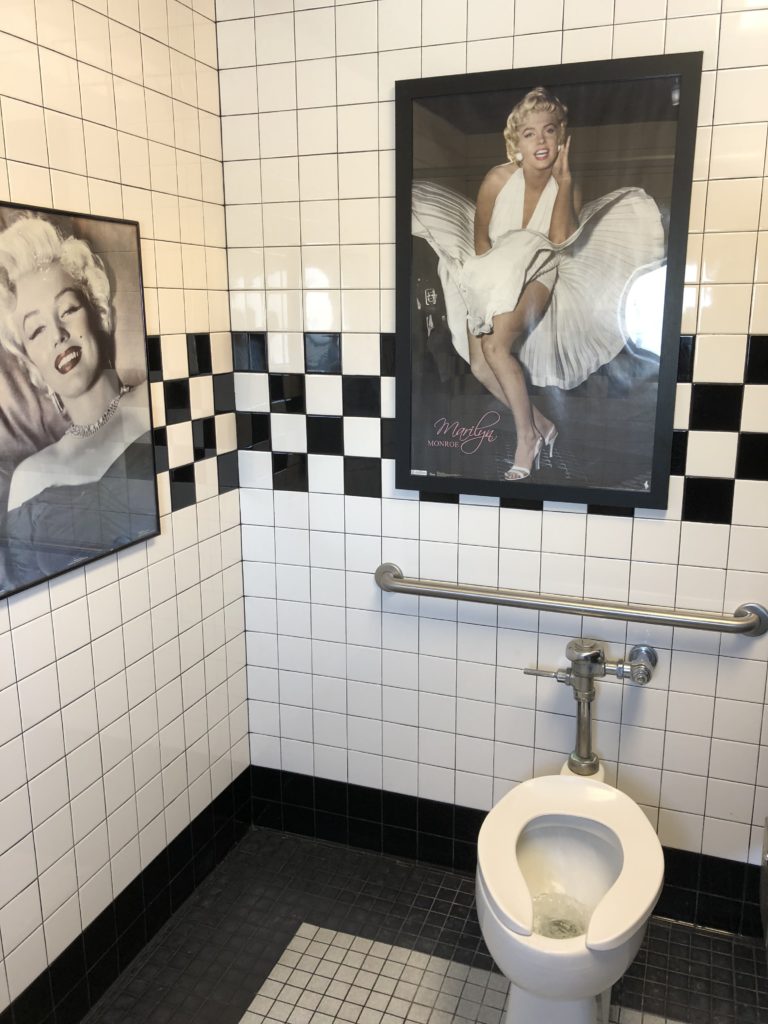
The place originally opened as a gas and service station called Sam’s Sixty Six Service, but converted into a diner in the 1980s.
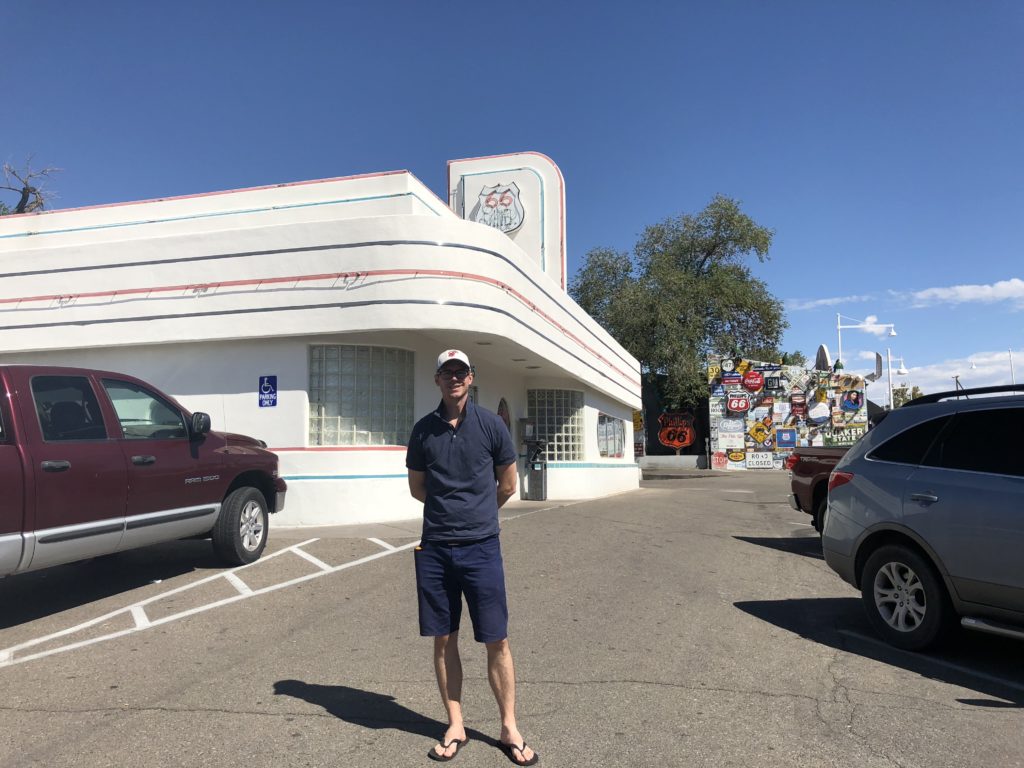
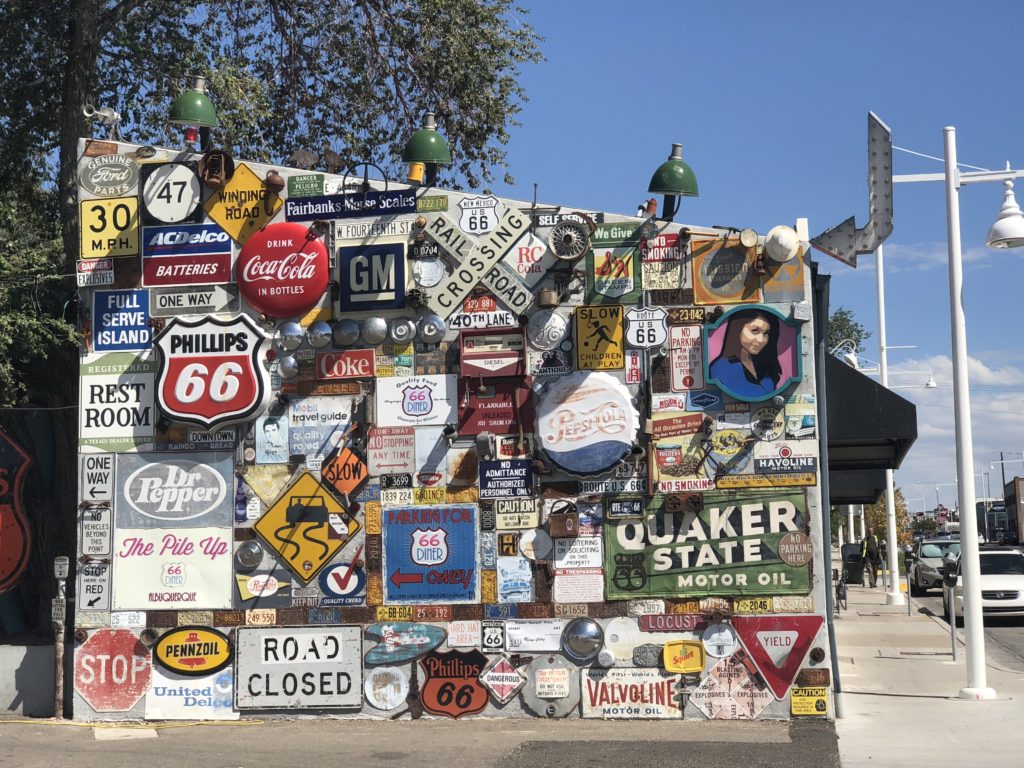
Albuquerque today is a reasonably big and growing city (pop: 916,000), with a large Hispanic population (about 47%). The state of New Mexico has the highest proportion of Hispanics in the country, and has the second highest proportion of Native Americans. This makes the state a very interesting place politically. The state went from strongly Republican in the 70s and 80s, to a purple state (i.e. a tossup) through the 90s and early 2000s, and has leaned strongly Democratic since 2008. At present, the Democrats have strong positions in the big cities of ABQ and Santa Fe, as well as many Hispanic-dominated areas and Native American reservation lands. This adds up to quite the coalition. And interestingly, since achieving statehood in 1912, New Mexico has always gone the same way of the overall popular vote in the presidential election. With future demographic changes baked in, perhaps this might be warning sign for Republicans. As it just so happened, the president wasn’t particularly popular when we visited:
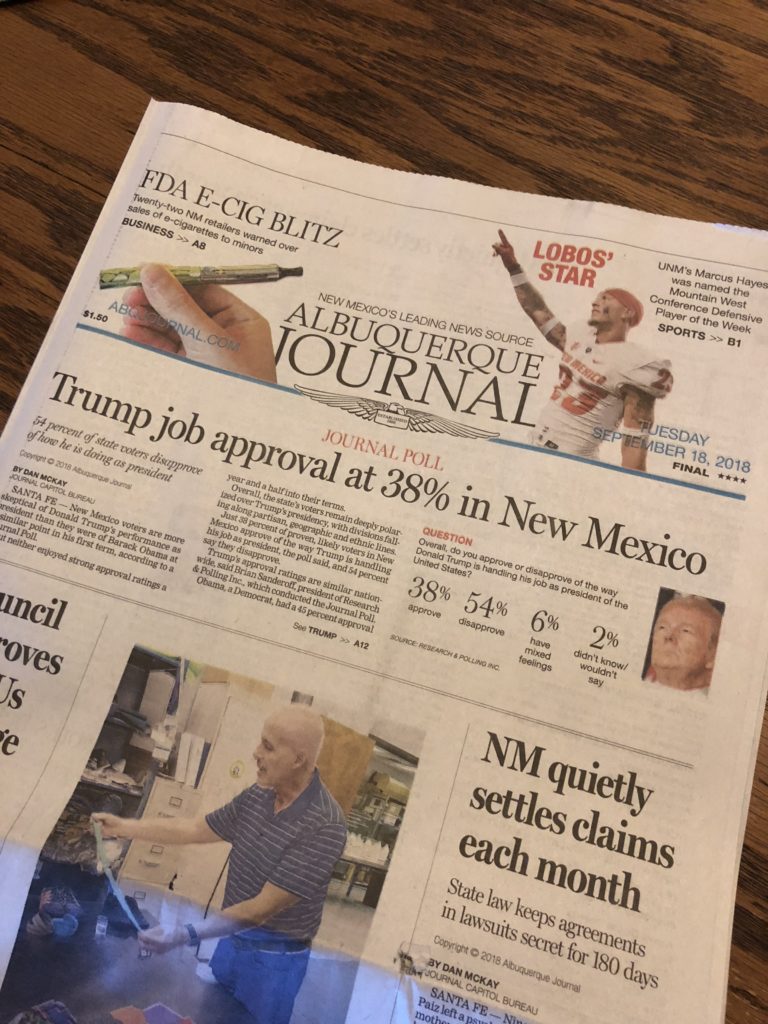
Albuquerque is situated at quite a high altitude (1,500 metres above sea level), with the impressive Sandia mountains on its eastern flank. The Rio Grande river runs mostly to the west of town, on its way south to El Paso, and then forms the border between Texas and Mexico on its route to the Gulf.


And, of course, ABQ is the home of Breaking Bad, one of the best television shows of all time. If you haven’t seen it, you should. It is awesome. We searched out a few of the key filming locations from the TV series – only in America.
We popped into Walter and Skyler’s car-wash / money-laundering front and got our vehicle, the Doctor, a much needed wash after weeks in the desert. It was a slick operation and the shop inside was sporting all sorts of Breaking Bad merchandise.
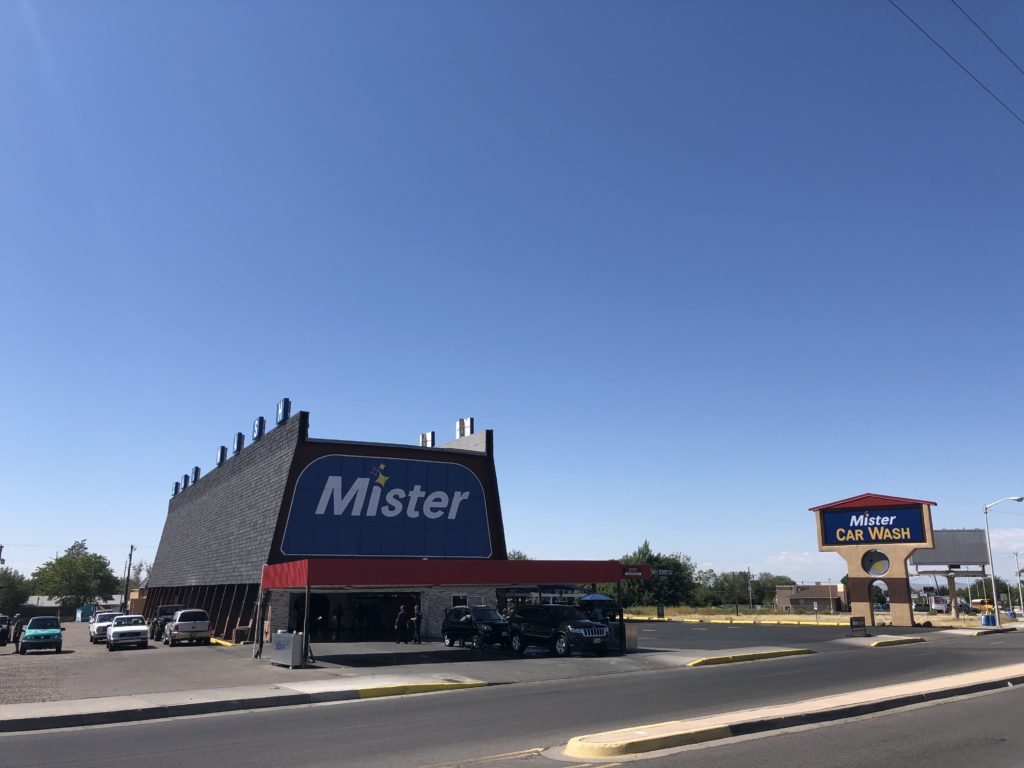
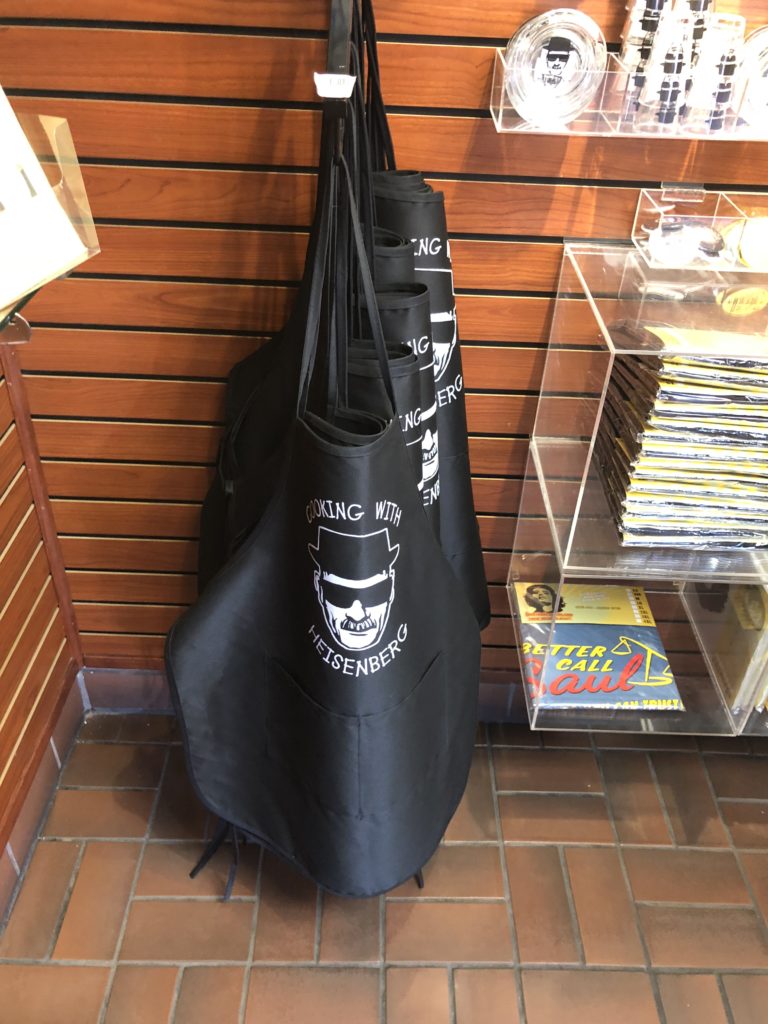
Next up was Walt & Skyler’s house (no pizza on the roof), Saul Goodman’s law offices, Hank & Marie’s home, and Gus’s Los Pollos Hermanus restaurant (which is actually a Twisters).
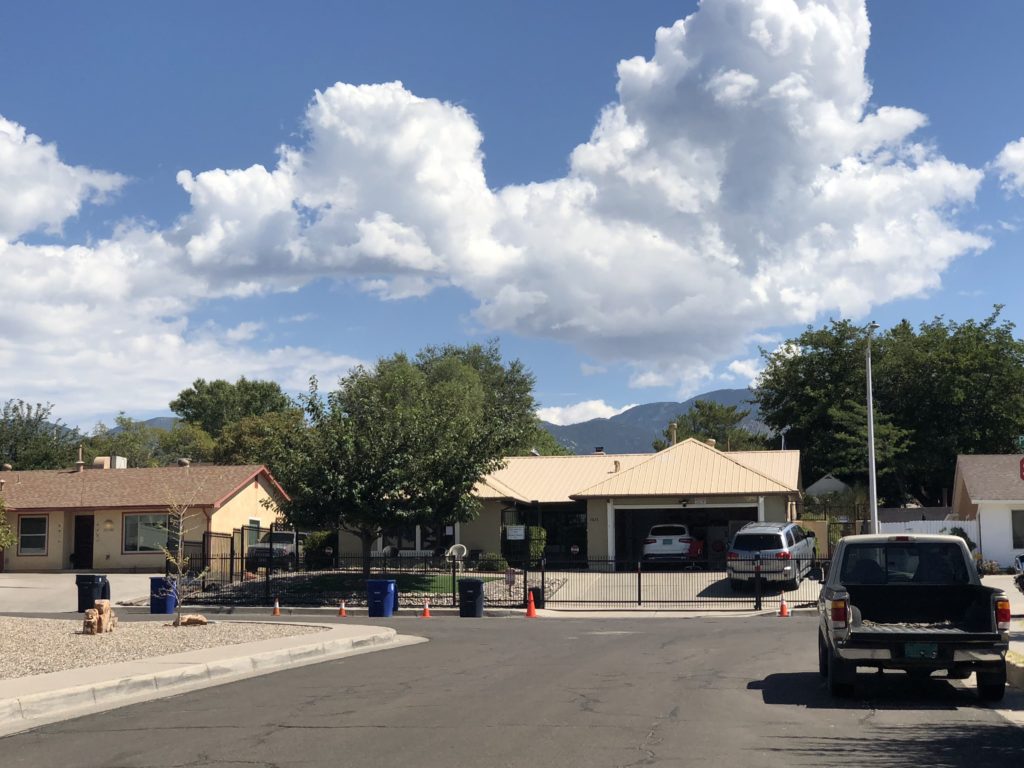
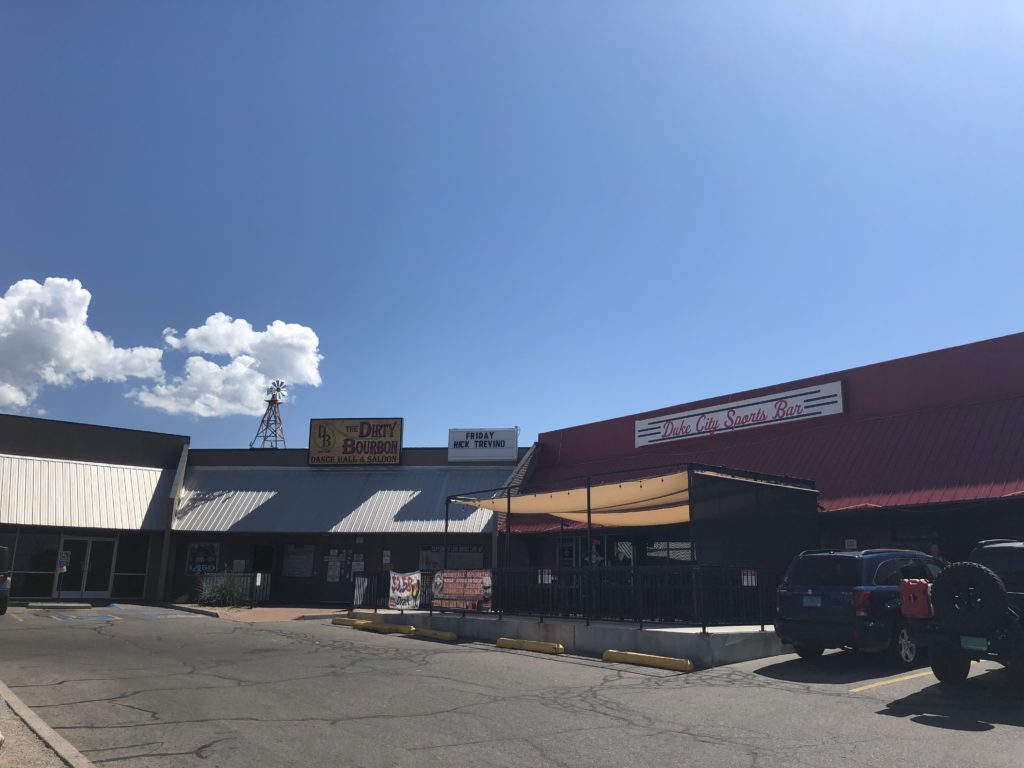
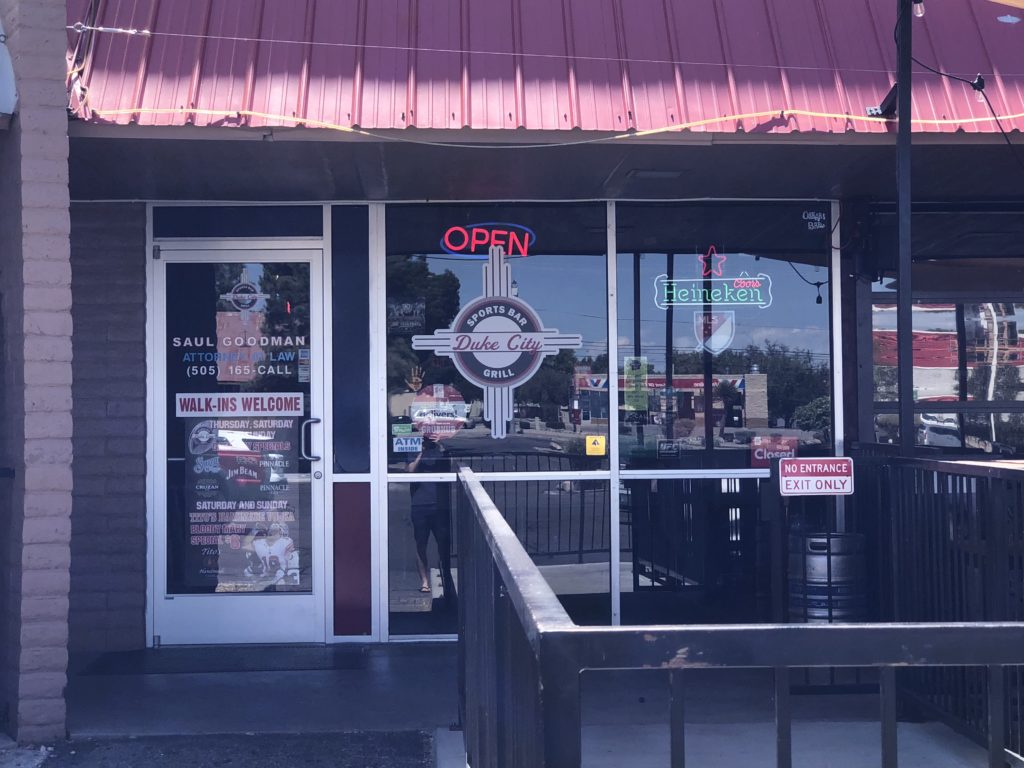
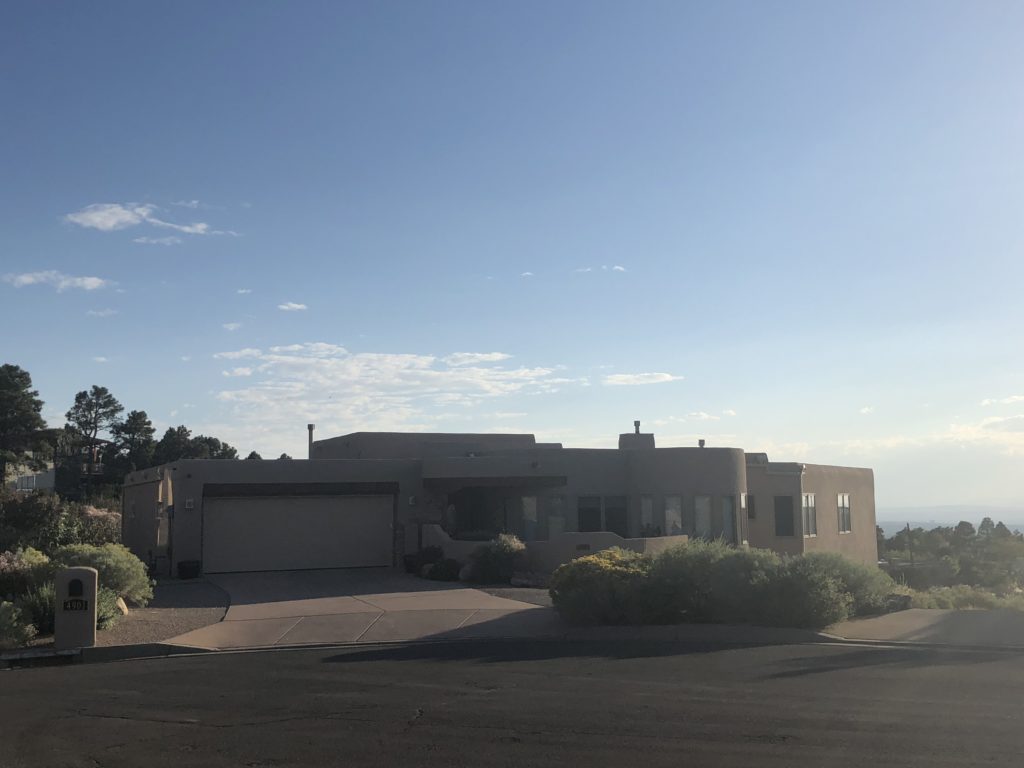
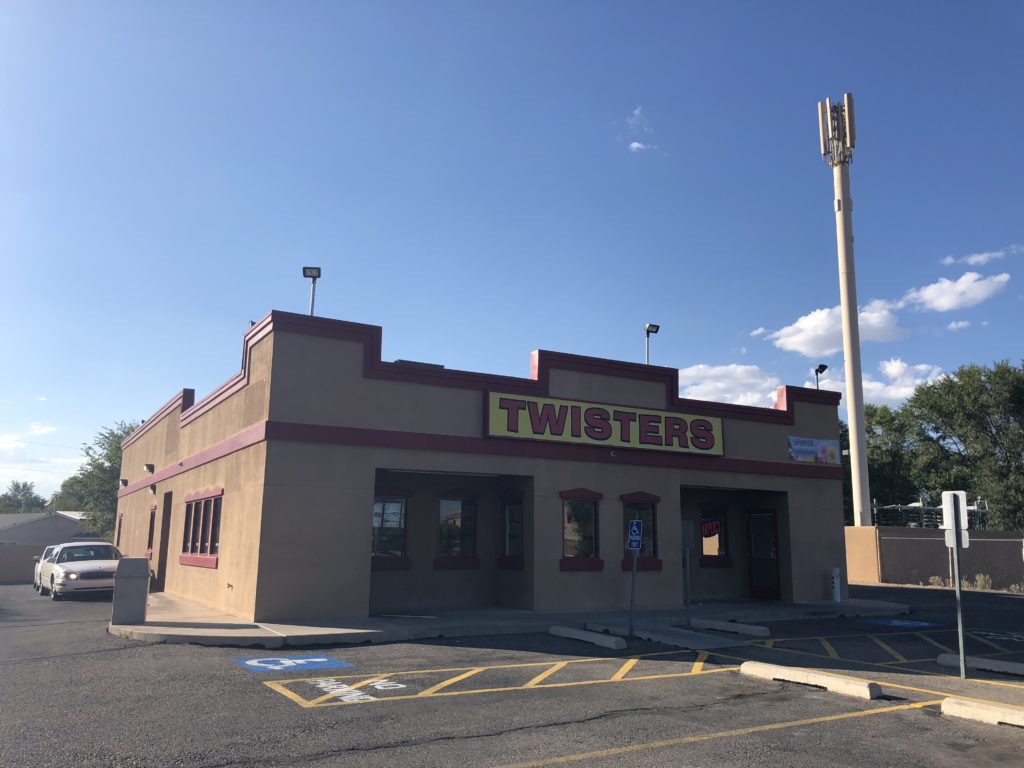
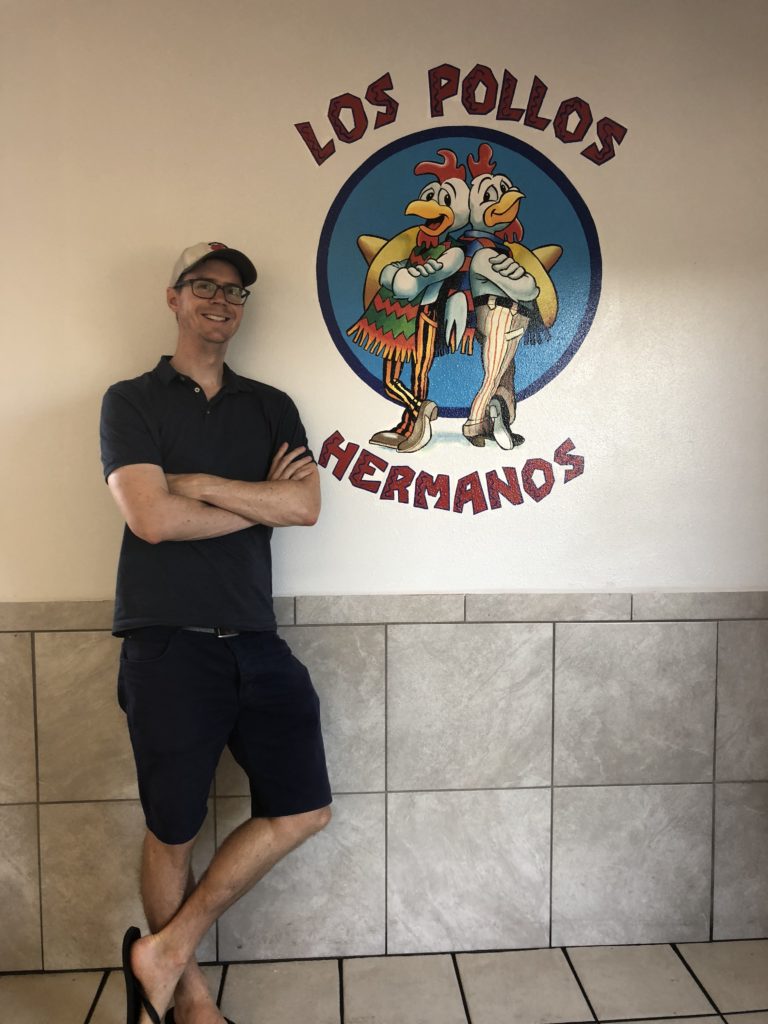
We stayed in a nice suburb and found interesting stuff to do in the city during our stay, so my overall impression of the place was pretty positive. I wouldn’t be unhappy to find myself back in ABQ in the future. But, in the mean time, Ella and I packed up our freshly cleaned wagon, and made our way excitedly eastwards towards the mysterious little town of Roswell, New Mexico…
A few more random pictures from Duke City:
